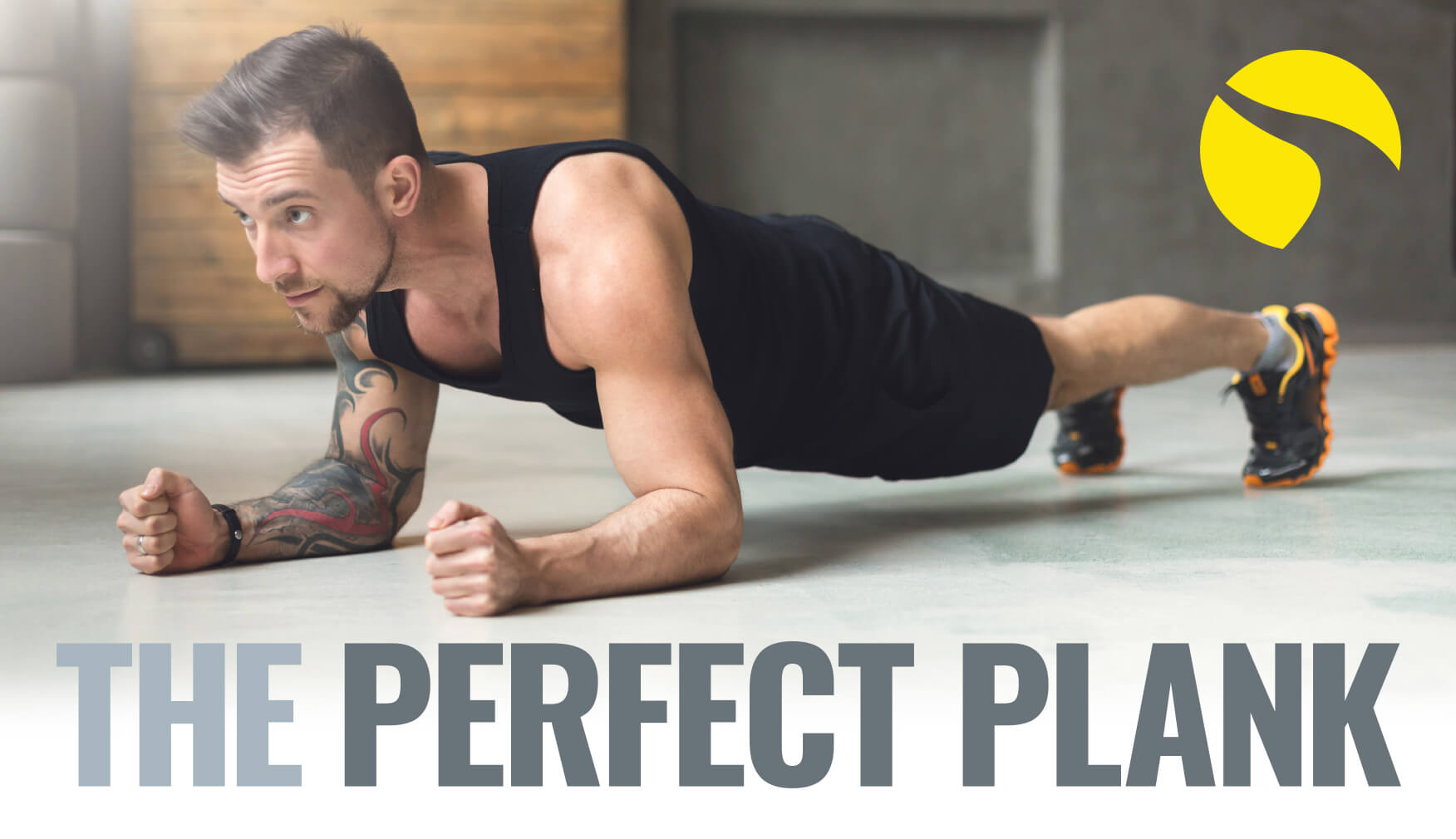The perfect plank

Everyone knows the benefits of doing the plank. It helps tone up your abdominal area, places less emphasis on your spine and will strengthen your core as a whole. Unfortunately, most people don’t know how to engage their core properly and so will get none of the benefits of the plank. These next few points will help you activate your core and make the most out of your workouts.
1. Pelvic tilt
The thing we see most of all that gym goers do poorly is not tucking their pelvis’ forward. This can cause the back pain so many people feel when doing planks, rather than the nice burn in the abs that they should have. In order to properly utilise this method, squeeze your bum cheeks and tuck your belly button towards your head. This will help engage the lower portion of your rectus abdominis (your abs).
2. Rib cage pulled down
In order to engage the upper portion of your abs, aim to try and pull your rib cage down and inwards (toward your spine). This, plus the previous point, will help to engage your rectus abdominis as a whole. Failing that, imagine someone is going to punch you in the stomach, you’d brace your abs to take the hit. That is the sort of feeling you should feel after tucking your pelvis forward and up as well as pulling your rib cage down.
3. Flexing your rhomboids
If you don’t know, your rhomboids are the muscles between your shoulder blades that help move your scapula (fancy name for your shoulder blades) in and out. When doing your plank try pushing this area of your back, between your shoulder blades, upwards. This will help reduce any pain you may get in your shoulders while doing a
plank.
4. Neutral spine position
Throughout the plank, you want to keep your spine in a neutral position. You can help maintain this by spotting a point on the floor and keeping your gaze fixed on that position. That way you’re not tilting your head back and/or forth which can mess up the rest of your technique.
5. Breathing
It’s human nature to hold your breath when your body is tensed and you’re doing something strenuous, but this has negative repercussions. Holding your breath can leave you feeling dizzy or nauseous and is especially dangerous for those with high blood pressure. While planking, focus on taking long slow breaths e.g. breathe in for 5 seconds and then out for 5 seconds.
If after all this, you still find that holding a plank is too hard then feel free to perform the plank on your knees. These points can all be applied when you perform a squat, deadlift, or any other exercise that needs core activation and stabilization.
If you’re unsure as to whether you’re performing your plank correctly, ask the SnowDome Fitness Team to take a look at your technique and we will be more than happy to help! For more of the best info and tips from the team, become a SnowDome Fitness member.

